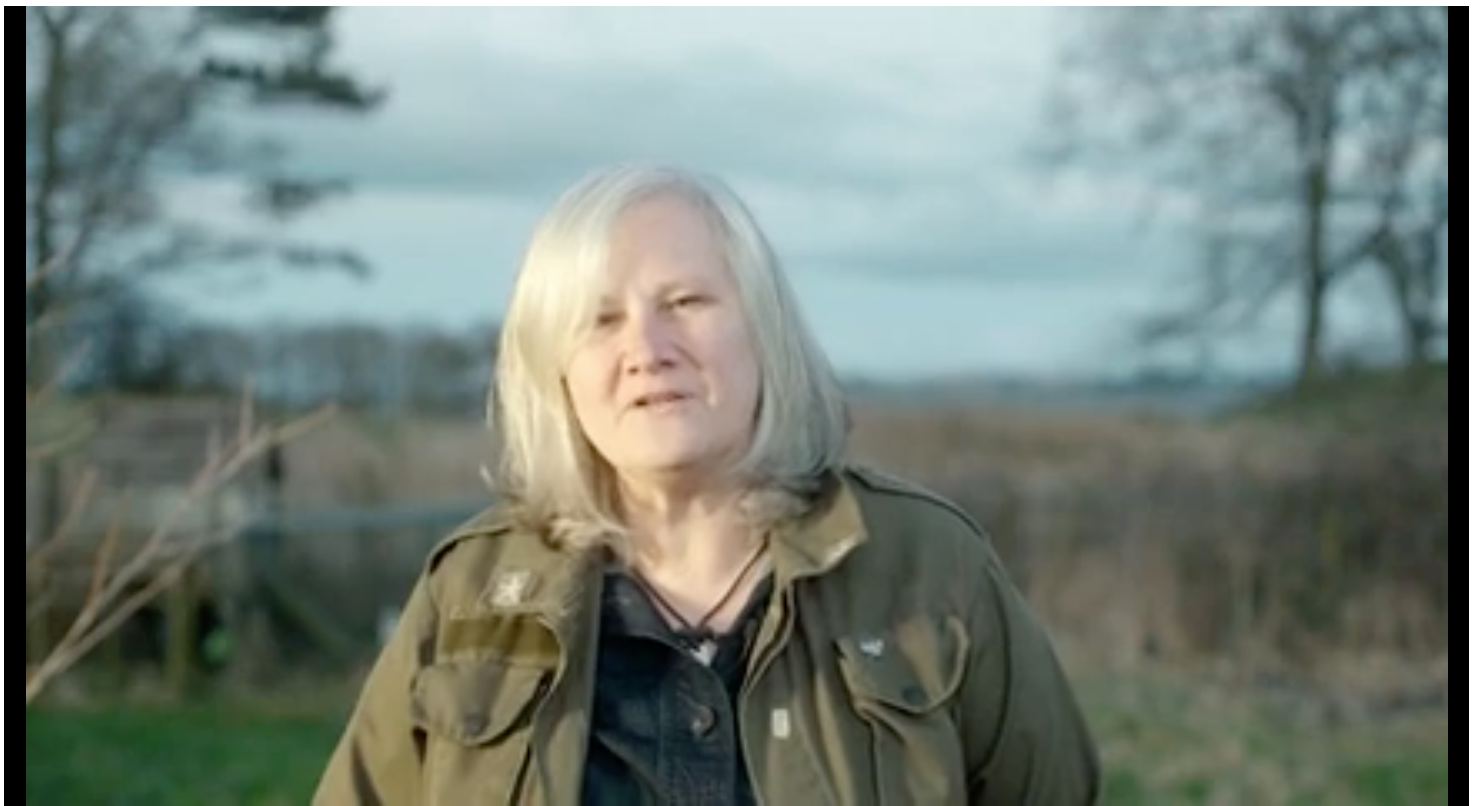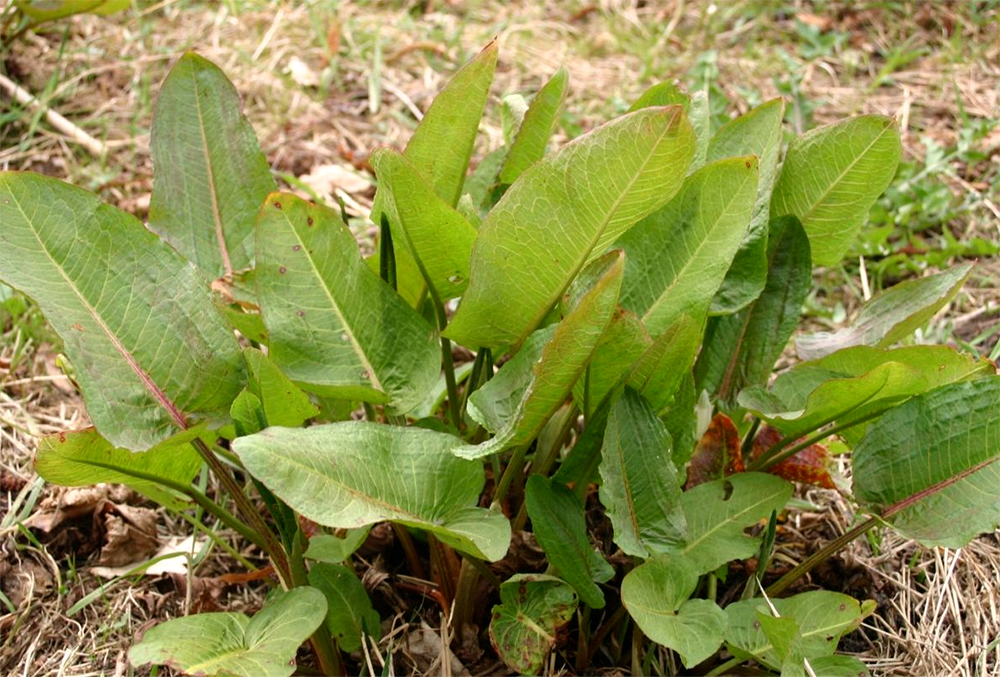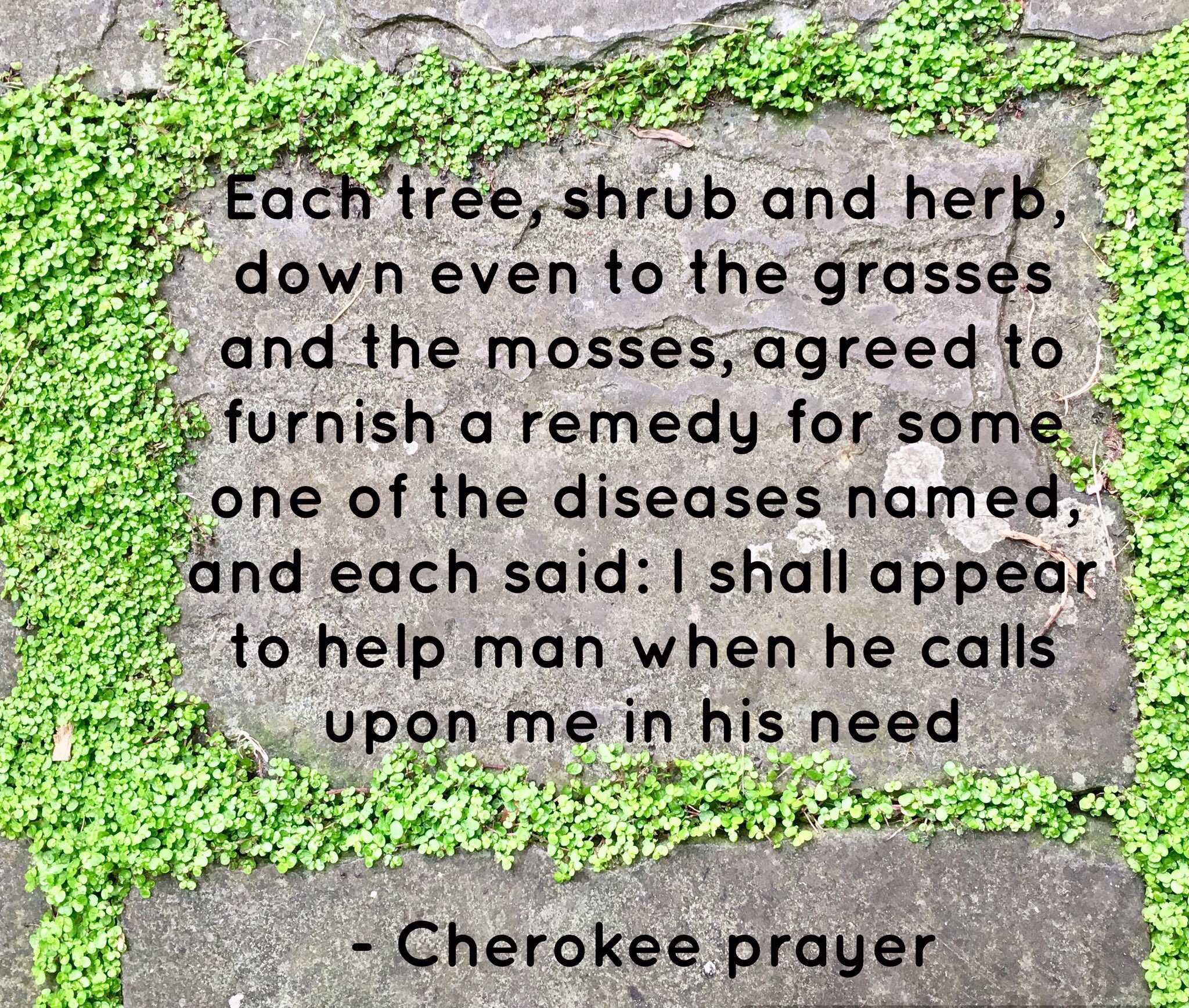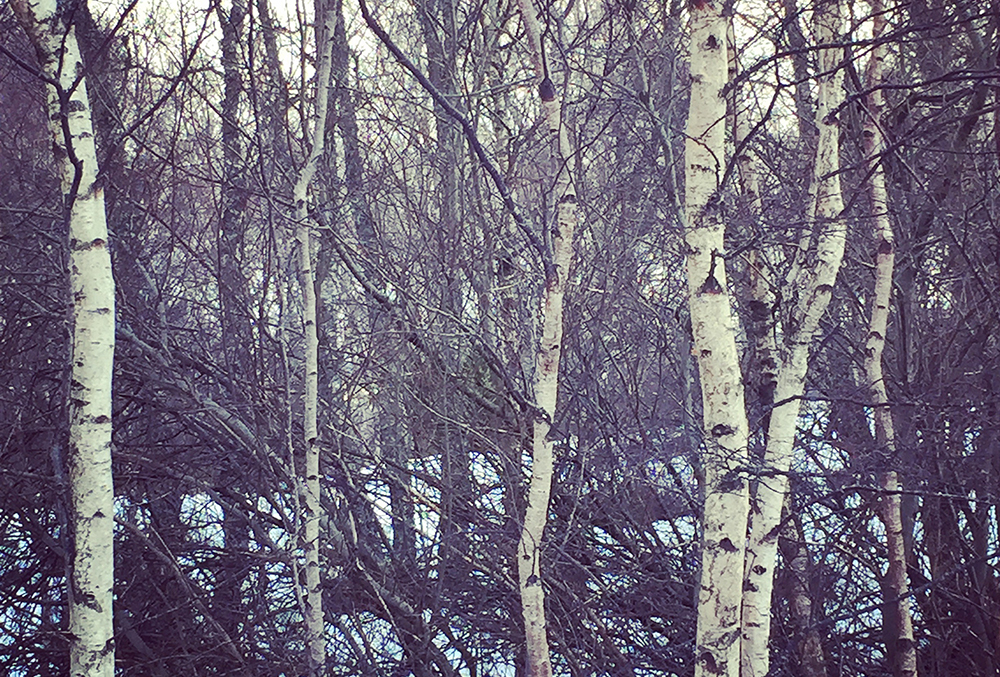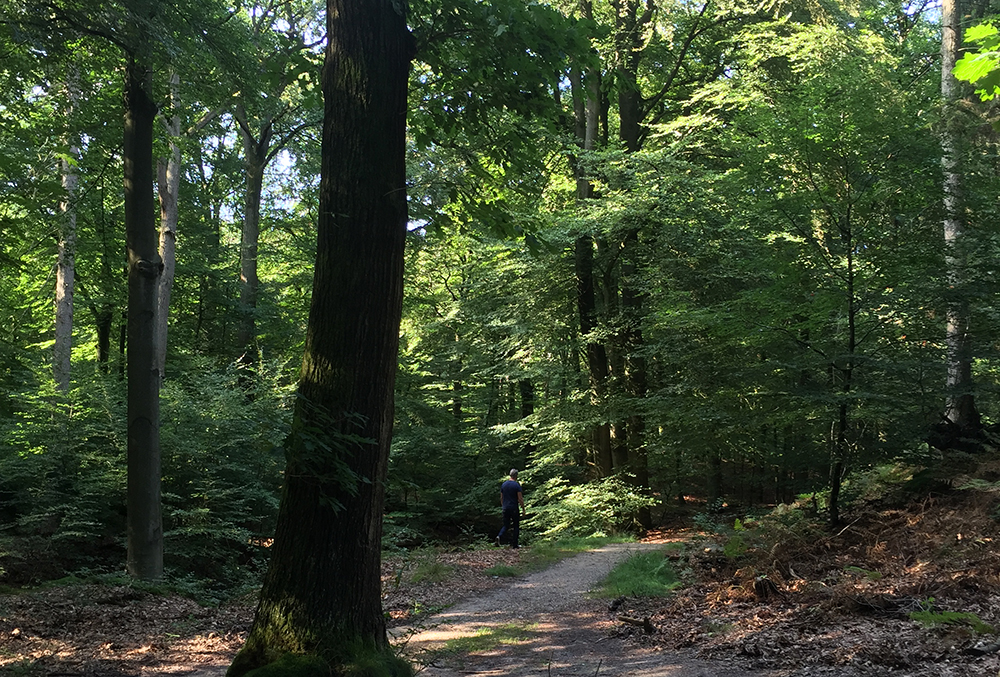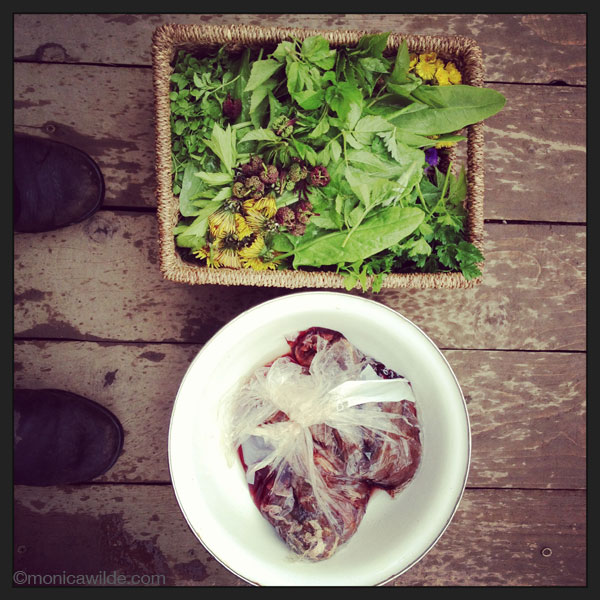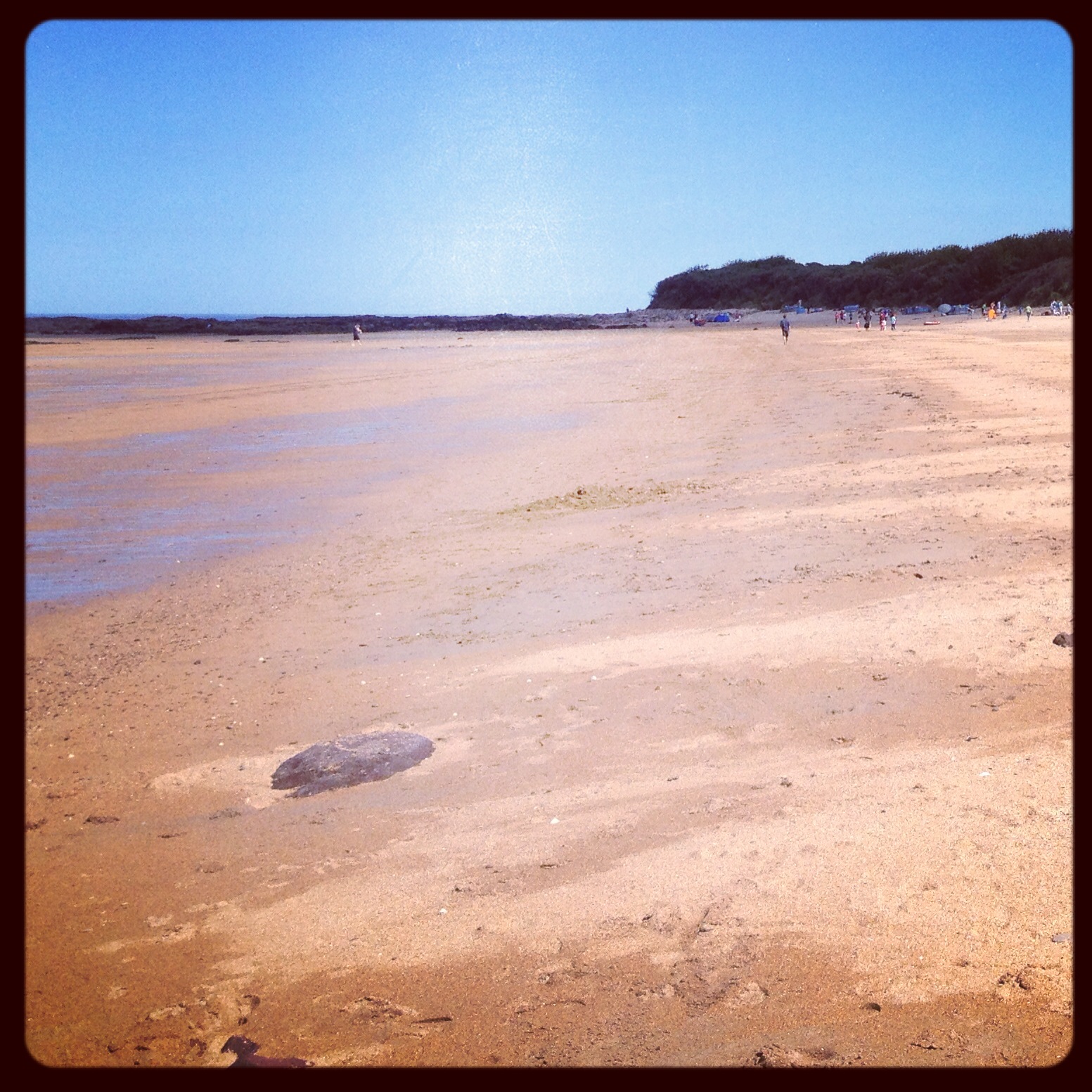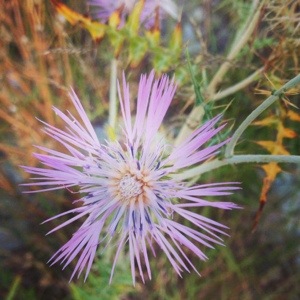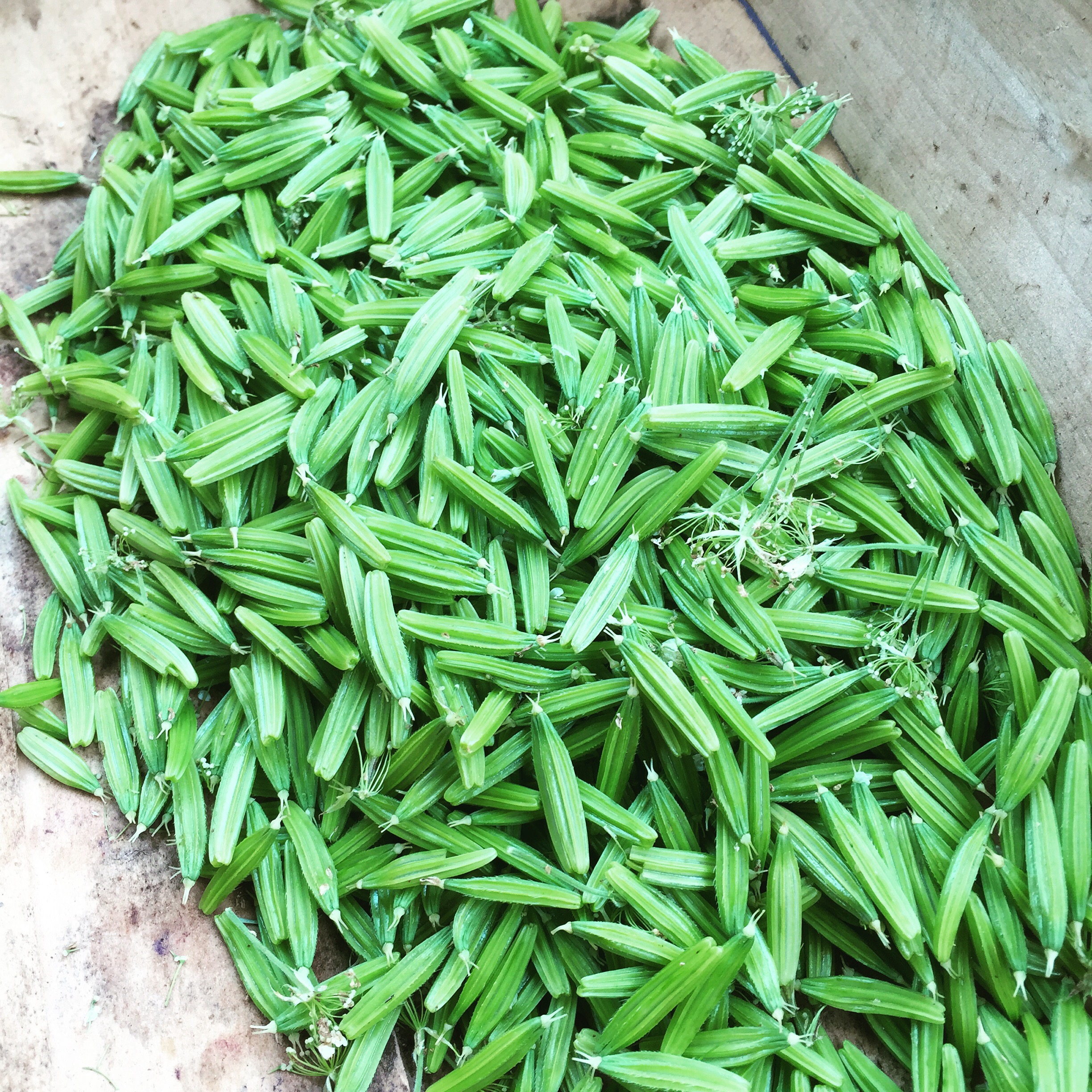Have you ever wondered what happens to your body when you eat wild foods? I’m Mo Wilde, a foraging teacher. We’re currently fundraising to include between 100 and 120 people… Read More
Category: plantsarecool
Do Dock Leaves Really Work?
The question I’m always asked on my foraging walks when talking about the common broadleaf dock is “Do dock leaves really work?”, “Do dock leaves work on nettle stings? or “Why… Read More
How do dock leaves work?
I’ve already written extensively about the right way to use dock and how powerfully it works. The trick being to use the gel found inside the young, furled leaf sheath… Read More
Gratitude for the Plants
The more I work with the plants, the more I become eternally grateful for what they give to us. They have an uncanny knack of being in exactly the right… Read More
Restoring Wild Connection podcast
Enjoy a podcast? Miles Irving of Forager Ltd chats with me on restoring vital connection, rewilding, wild philosophy, gut flora, health and a love of plants. Click here to listen… Read More
Chemicals in plants – cyanide
Hydrogen cyanide (aka hydrocyanic acid) has a faint bitter-almond scent – although not everyone can smell it, due to a recessive gene. It is released in plants by compounds called… Read More
Tapping Birch, Walnut and Maple Trees
There are at least 20 species of tree that can be tapped for their edible sap. And in many cases, once the sap has been reduced, a syrup can be… Read More
Our Plant Relatives
“Transformed seawater runs through the veins of my hand as well as the leaf’s veins – one carrying chlorophyll, the other carrying blood. The change of a single ion, from… Read More
Do Plants Talk? It’s Called Biosemiosis
Can plants talk? This century we’re learning that bacteria can talk and count – it’s called quorum sensing – and they know when there are enough of them to mount… Read More
Why foraging? A trend or an ancient connection to nature…
Foraging reconnects people with nature in a really positive way. Once you can identify plants, appreciate their culinary and medicinal values, recognise them as old friends and discover the wondrous… Read More
The Future of Food and Technology
I was asked for my thoughts on the future of food and technology. It may have been a spam email but I answered it anyway: “The future of food through… Read More
Learn how to forage for wild food
I’m often asked if foraging is hard to learn. “With so many plants and fungi out there will I remember them all? Could I poison myself?” The week that you… Read More
How can I tell if the seawater is clean?
A lot of people ask me “How do I know if the sea water is clean and if it’s safe to gather seaweed, pick shellfish, fish or forage for sea… Read More
Hair Ice in Wales
I was recently contacted by Neville Davies from South Wales who discovered something unusual in his local woods this January. Neville sent me the photo below and writes: “On January… Read More
What is Hair Ice?
Hair Ice or Haareis is a strange winter biological phenomenon. It’s a type of ice only found on fallen branches on the ground. It exudes from the microscopic pores in… Read More
Foraging Proverbs
Just for amusement, here are some proverbs for foragers. A collection of quotes about wild plants, animals and nature – sayings for foraging. Before eating, always take time to thank… Read More
Wildflowers of Mallorca
Daisy Soup for Dinner Parties
This is a neat ‘magic’ trick to impress your friends at dinner parties. Well… It really is the sort if thing that only a forager would do! Ingredients Any soup… Read More
Laughing Gym aka Gymnopilus junionius
I originally thought that this was a Pholiota and the old specifies names for Gymnopilus junionius was indeed Pholiota spectabilis and it’s certainly pretty spectacular. Some subspecies contain psilocybin are… Read More
Oyster Mushrooms
Oyster mushroom (Pleurotus ostreatus) is common on fallen or dying hardwood trees and is delicious (above). Branched Oyster Mushrooms (Pleurotus cornucopioides) smelled wonderful but didn’t pick them this time (below).
Edible Seeds & Wild Spice Conversion Chart
One thing that often gets overlooked when foraging is the area of edible seeds which can be used to replace spices or even, in some cases, add a whole new… Read More
An Early Timeline of Herbal Medicine.
At a Neanderthal burial site at Shanidar Cave, Iraq, discovered in 1960, archaeologists found the body had been buried with eight species of medicinal plants. This site is some 60,000-80,000… Read More

